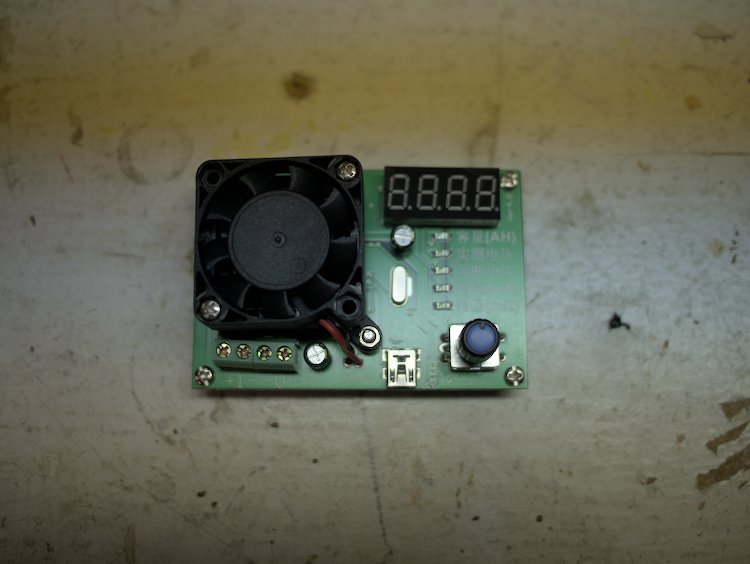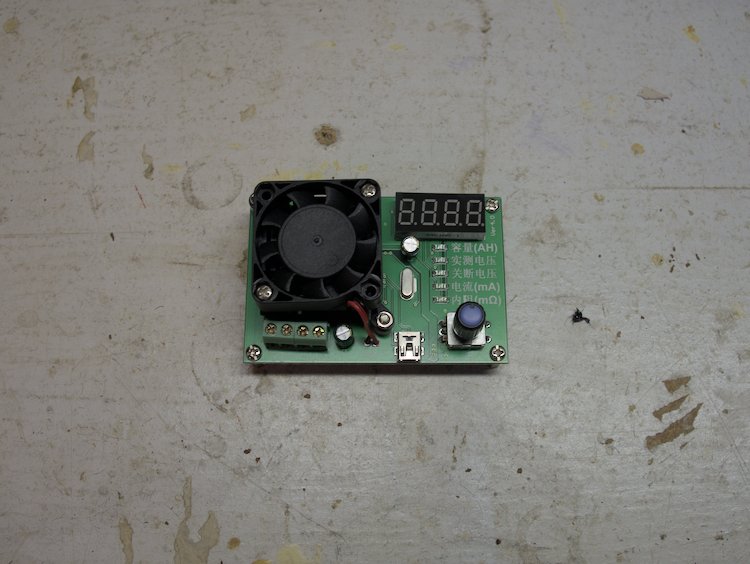Digital Camera Banding: Understanding and Addressing the Issue

Digital camera banding is caused by a combination of factors including pixel response non-uniformity (PRNU), algorithmic issues, and the interplay of light and shutter speed. PRNU refers to slight variations in color or brightness among pixels on the camera sensor, which can contribute to banding. Processing algorithms interpreting sensor data and limited data from high ISO or low-light images can also lead to banding. Additionally, when artificial light sources interact with specific shutter speeds, inconsistency in the light source can result in banding.
Certain cameras are more prone to banding issues, particularly those with older or lower-quality sensors. Cameras with limited dynamic range and high noise levels at high ISO settings are also more susceptible to banding. However, banding can occur in any digital camera under certain conditions.
To prevent image banding, several measures can be taken. Balancing ISO and shutter speed by keeping ISO as low as possible while adjusting shutter speed and aperture can help minimize banding. Post-processing tools like Adobe Lightroom and Photoshop offer noise reduction features that can reduce banding to some extent. Additionally, using synchronized lighting by setting the shutter speed to match the flicker frequency of artificial lights can help avoid banding in such conditions.
By understanding the causes of digital camera banding and implementing appropriate techniques, photographers can significantly reduce its appearance and impact on their images, resulting in clearer and higher-quality photographs.
What is Digital Camera Banding?

Digital camera banding is the appearance of unsightly lines or bands across an image captured with a digital camera. The effect is most pronounced in images shot in low-light conditions or with high ISO settings, where the camera sensor’s limitations become most evident.
This is not to be mistaken for ‘posterization’, another phenomenon that results in the loss of smooth gradation of color, often seen in heavily edited images or those with limited color depth.
Key Sources of Banding
-
Pixel Response Non-Uniformity (PRNU): This is a factor related to the camera sensor’s design. No two pixels in a sensor have identical responses, which can lead to slight differences in color or brightness, contributing to banding.
-
Algorithmic issues: The processing algorithms that interpret raw sensor data can also cause banding, especially when dealing with limited data from high ISO or low-light images.
-
Interplay of light and shutter speed: In situations where artificial light sources interact with specific shutter speeds, banding can occur due to the inconsistency of the light source.
Here is a simplified table summarizing the causes and effects:
| Causes of Banding | Effects on Image |
|---|---|
| Pixel Response Non-Uniformity | Slight differences in color or brightness |
| Algorithmic issues | Banding in high ISO or low-light images |
| Light source and shutter speed interplay | Banding due to inconsistency of the light source |
Examples of Digital Camera Banding
- Banding in High ISO images: When the camera is set to a high ISO, it amplifies the signal from the sensor to compensate for the lack of light. This process also amplifies the inherent noise in the sensor, which can manifest as banding.
- Banding under Fluorescent Lights: Fluorescent lights flicker at a rate corresponding to the power supply frequency. When the shutter speed of the camera is not synchronized with this frequency, banding can occur.
- Banding in Long Exposure Photography: In long exposure photography, the sensor heats up due to continuous use. This can lead to the appearance of patterns or banding in the image.
Mitigating Digital Camera Banding

Several strategies can be employed to mitigate the impact of digital camera banding:
- Balancing ISO and shutter speed: Keeping the ISO as low as possible while adjusting shutter speed and aperture can help minimize banding.
- Post-processing: Software like Adobe Lightroom and Photoshop have noise reduction tools that can help eliminate some degree of banding.
- Using synchronized lighting: When shooting under artificial lights, using a shutter speed synchronized to the light’s flicker frequency can reduce the chance of banding.
Conclusion
While banding is a common issue in digital photography, understanding its root causes can help photographers minimize its appearance and impact on their images. Through a combination of in-camera settings adjustments and post-processing techniques, the impact of digital camera banding can be significantly reduced, helping you to produce clearer, higher-quality images. Remember, technology isn’t perfect, but with knowledge and skill, we can bend it to our creative will.